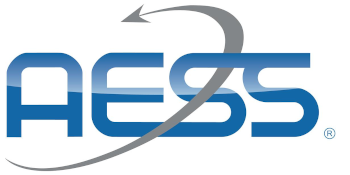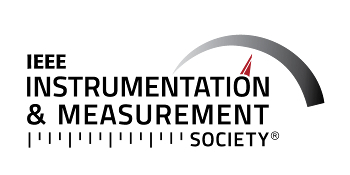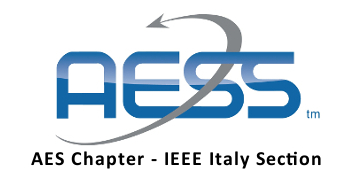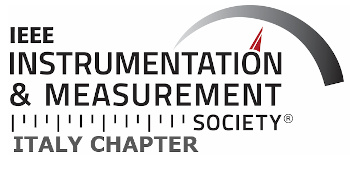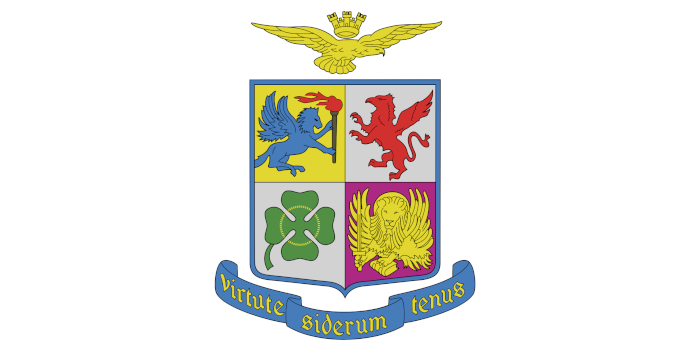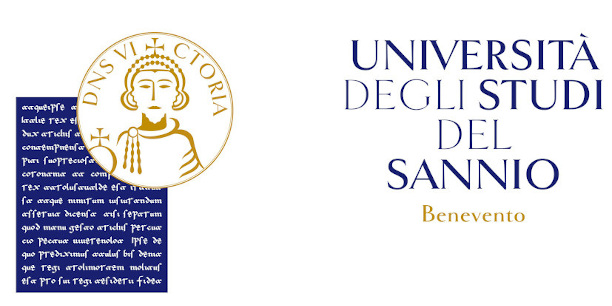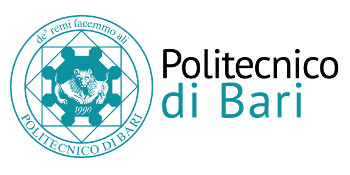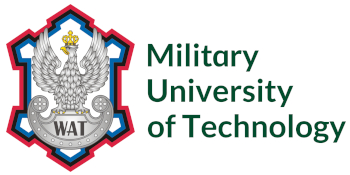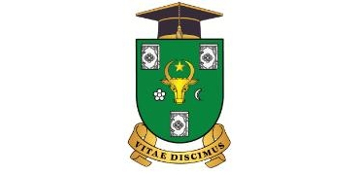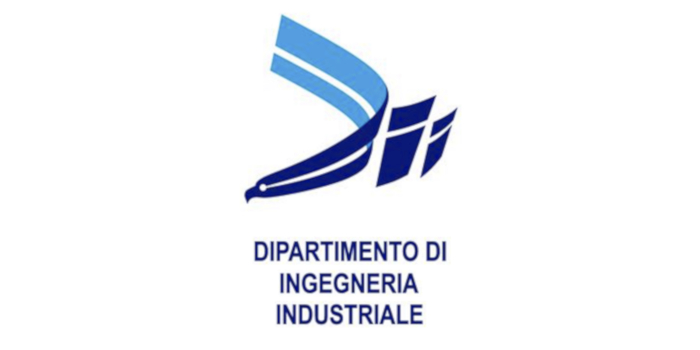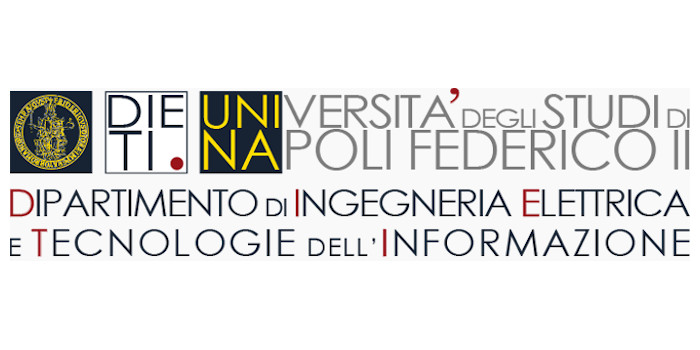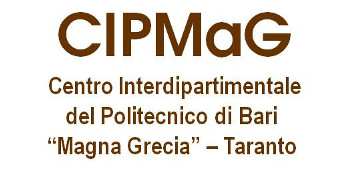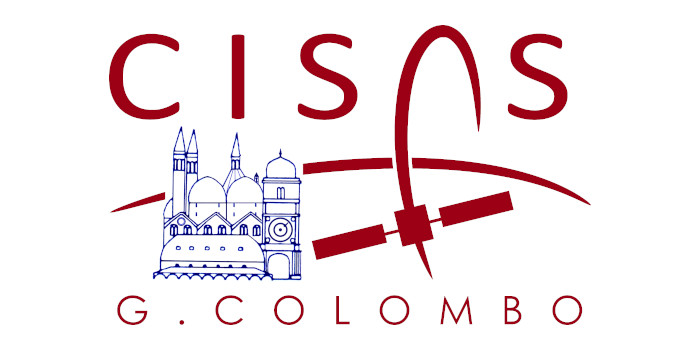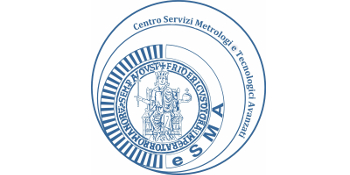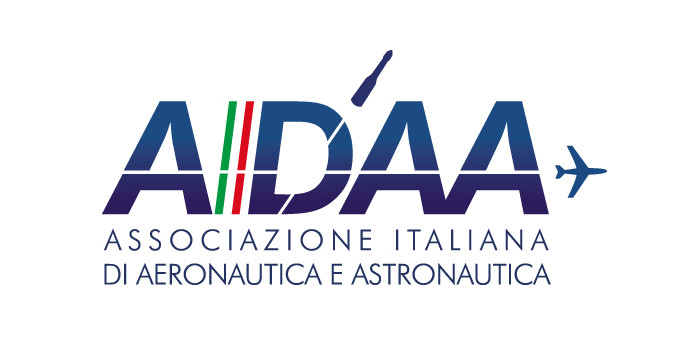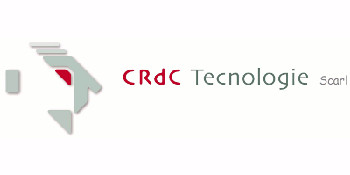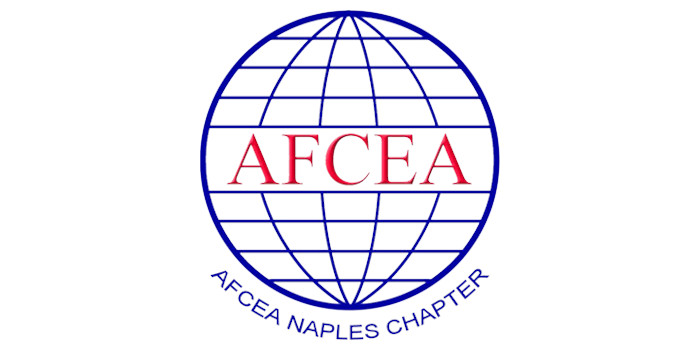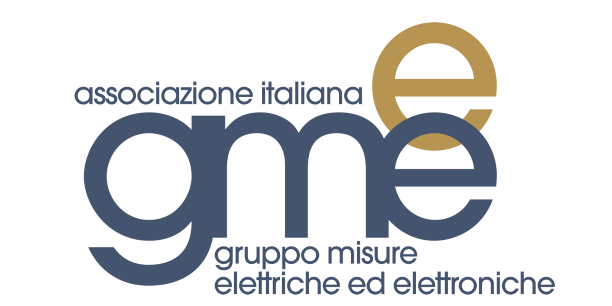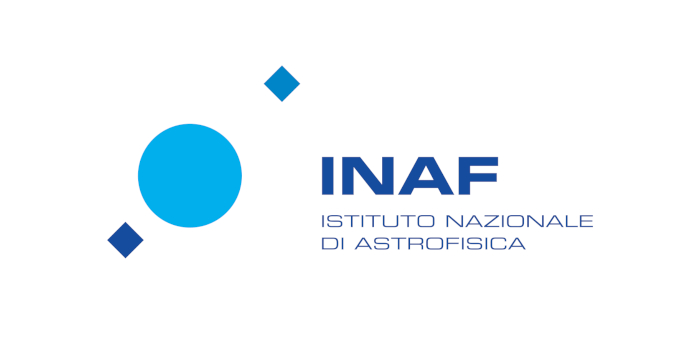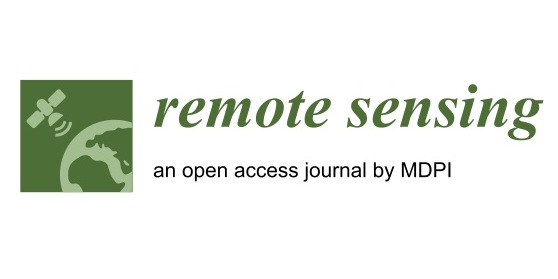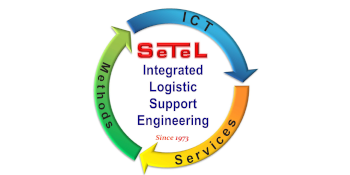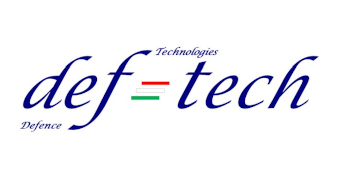New Air Traffic Management (ATM) and U-space integrated services and capabilities to support the Urban Air Mobility (UAM) airspace integration challenges
Giancarlo Ferrara
DECMA/INO/DRO
DRONE/U-space Unit – R&D Work Programme Coordinator
ABSTRACT
Over the last century, the development of the aviation industry has fundamentally changed the way we live, work, and travel. During this long time, aviation has never ceased to innovate and, in the last few years, new types of aircraft have started to be developed, including Unmanned Aircraft Systems (UAS or drones) and Urban Air Mobility (UAM) aircraft. The latter may be electric Vertical Take-off and Landing (eVTOL), electric Conventional Take-off and Landing (eCTOL), and some are Personal Air Vehicles (PAV). With the development of these new aircraft types, aviation is once again taking a significant step forward.
People have always dreamed of using air travel to improve transport in cities. UAM is the realisation of that dream, enabled by advances in technology that among other things reduce the noise and size of aircraft. UAM has the potential to revolutionise the way people and packages move in and around cities by enabling point-to-point flights, by-passing ground congestion and shortening journey times.
More specifically, the term UAM refers to an ecosystem that enables on-demand, highly automated, passenger or cargo-carrying air transport services with particular reference to the urban and sub-urban environments, where aviation is often highly regulated today. The UAM industry vision involves new vehicle designs, new system technologies, the development of new airspace management constructs, new operational procedures and shared services to enable an innovative type of transport network.
The challenge is on for better, more sustainable transport technologies and models to improve commute times and accelerate the transport of goods across town.
A growing number of players, led by aerospace, automobile, and technology companies, are working on UAM solutions and eVTOL technologies to enable runway-independent operations, with very high degrees of automation, up to and including fully self-piloted aircraft. Most operators envisage a significant number of simultaneous operations around metropolitan areas and airports at altitudes up to 5000 feet and speeds up to 150 knots. These aircraft will typically carry cargo or 1-4 passengers on short trips (e.g. less than 100 km.).
There are a number of related R&D projects around the world working towards this goal, some already flying with aerial prototypes or full-scale eVTOL demonstrators. Similar to the helicopter, this new breed of aircraft is somewhere between commercial airplanes and remotely controlled UAS, configured to carry large payloads and people. The first generation of full-scale demonstrators are already flying today and initial commercial flights are possible within the next 3-5 years.
UAS/eVTOL aircraft will not be limited to very low-level (VLL) airspace but, in some cases, should share the airspace with manned aircraft, relying more on data-link than voice communications (as eVTOLs transition to autonomous operations). They will operate in both U-space and airspace managed by traditional Air Traffic Management (ATM), including airspace adjacent to commercial manned aviation (e.g. airports). In general, these new operations will be also performed in an airspace where several classes of user - such as military/police, helicopters, UAS and general aviation (GA) - are already operating. A safe and equitable integration of current and future operations is essential, therefore, especially in the urban airspace and close to airports, where traffic density and ground risk are expected to be higher.Innovative ATM/U-space services and the development of smart, automated, interoperable, and sustainable traffic management solutions will be key enablers for achieving this high level of integration. ATM and U-space will also need to address a variety of constraints to meet the requirements of “priority aviation” such as security or emergency service manned aviation. It is, therefore, obvious that the most critical success factor for UAM operations will be the ability to identify solutions that allow UAS, UAM/eVTOL and all the other airspace users (unmanned and manned) to operate safely, securely, sustainably and efficiently in a controlled and fully integrated airspace, without undue impact on operations currently managed by ATM.
These challenging objectives can only be achieved through an evolutionary development process ensuring the definition and timely deployment of appropriate, advanced and interoperable ATM/U-space infrastructure, technology, and traffic management capabilities, providing advanced services that fit with expected types of operation and levels of demand.
As this important and growing domain evolves, it is clear that new operational concepts, regulations and standards will be needed, underpinned by existing and new technologies. The whole environment will also need to integrate safely with manned aviation and Air Traffic Management as an important research and innovation challenge.
In this paper we lay out some elements that could potentially address the Urban Air Mobility (UAM) airspace integration challenges in existing Terminal Areas with minimal operational changes to existing rules, policies, and procedures and with minimal disruption to existing manned aviation operations. The paper will explore and analyse the linked implications, evaluating the feasibility of such concepts as it is also going to be demonstrated by several European R&D and Very Large Demonstrations projects.
SPEAKER BIO
Giancarlo Ferrara is a senior ATM/U-space operational and technical expert working for EUROCONTROL as Coordinator of the U-space/Drone R&D Work Programme. Graduated in Computer Science Engineering at Politecnico di Milano University, he also holds a Master of Human Factors Engineering from Florence University.
Former ENAV (Italian ANSP) Radar Air Traffic Controller with operational experience in Milan ACC and Naples Approach. He is also member of the EUROCAE WG 105.
Before being appointed as Eurocontrol Senior ATM/U-space Expert Giancarlo has been the Managing Director of SICTA (Italian ANSP R&D spin-off company) and responsible for ENAV Exploratory Research and Very Large Scale Demonstration coordination.
Giancarlo has also covered several executive positions in ENAV being the Head of ENAV Safety Division (2011-2014), the Head of ENAV SpA CNS/ATM Experimental Centre (2004-2008) and ENAV R&D Validation Infrastructure Manager (2008-2009) coordinating the overall ENAV CNS/ATM R&D and pre-operational validation activities/projects and infrastructures. He has also been the Head of Verification and Validation Unit at SESAR Joint Undertaking (2009-2011).
Prior to that, he has been also working at EUROCONTROL Directorate of ATM Programmes – Safety Enhancement Business Division as Coordinator for Safety Occurrences Reporting (2003-2004). From 1999 up to 2002, he has coordinated the overall R&D CNS/ATM activities of ENAV managing several pre-operational projects focusing on AMAN, MTCD, CWP and FDP for the new Italian ATM system.


